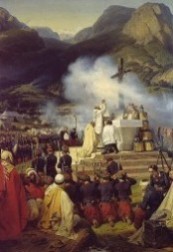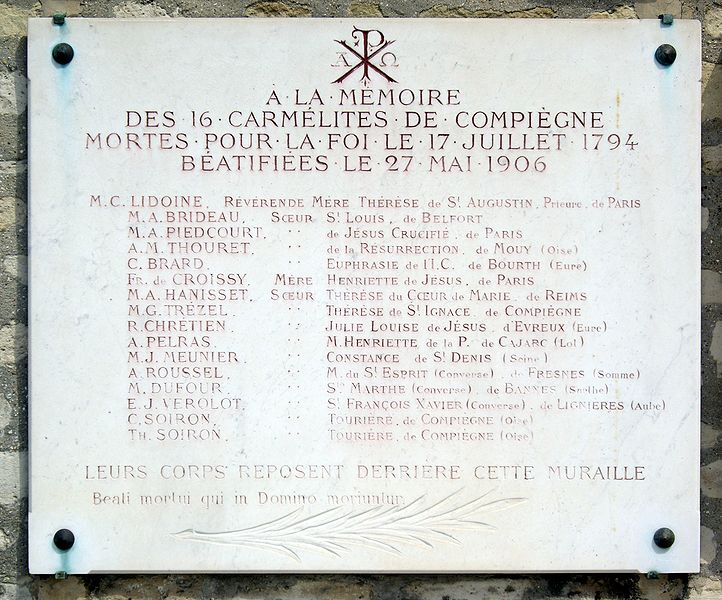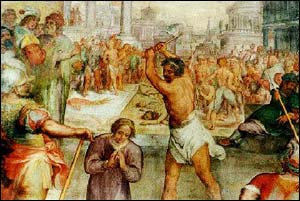 "When we call the Blessed Virgin the Mother of God, we assert our belief in two things: First - That her Son, Jesus Christ, is true man, else she were not a mother. Second - That He is true God, else she were not the Mother of God.
"When we call the Blessed Virgin the Mother of God, we assert our belief in two things: First - That her Son, Jesus Christ, is true man, else she were not a mother. Second - That He is true God, else she were not the Mother of God.
In
other words, we affirm that the Second Person of the Blessed Trinity,
the Word of God, who in His divine nature is from all eternity begotten
of the Father, consubstantial with Him, was in the fulness
of time again begotten, by being born of the Virgin, thus taking to
Himself, from her maternal womb, a human nature of the same substance
with hers.
But it may be said the Blessed Virgin is not the Mother of the Divinity. She had not, and she could
not have, any part in the generation of the Word of God, for that
generation is eternal; her maternity is temporal. He is her Creator; she
is His creature. Style her, if you will, the Mother of the man Jesus or
even of the human nature of the Son of God, but not the Mother of God.
I shall answer this objection by putting a question. Did the mother who bore us have any part in the production of our soul?
Was not this nobler part of our being the work of God alone? and yet
who would for a moment dream of saying "the mother of my body," and not "my mother"?
The
comparison teaches us that the terms parent and child, mother and son,
refer to the persons and not to the parts or elements of which the
persons are composed. Hence no one says: "The mother of my body",
the "mother of my soul;" but in all propriety "my mother", the mother
of me who live and breathe, think and act, one in my personality, though
uniting in it a soul directly created by God and a material body
directly derived from the maternal womb.
In
like manner, as far as the sublime mystery of the Incarnation can be
reflected in the natural order, the Blessed Virgin, under the
overshadowing of the Holy Ghost, by communicating to the Second Person
of the Adorable Trinity, as mothers do, a true human nature of the same
substance with her own, is thereby really and truly His Mother.
(p. 137-138: Faith of Our Fathers)






